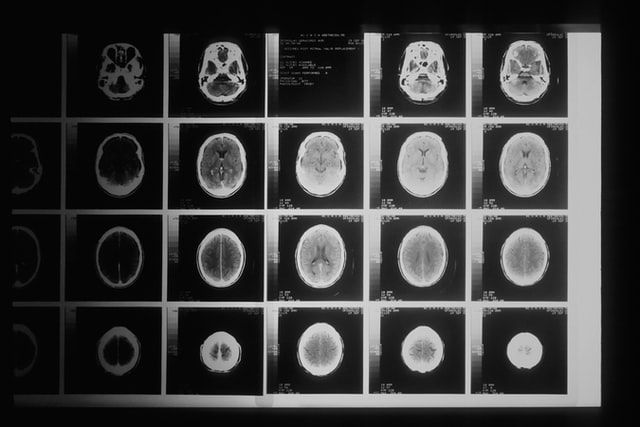Human brains are used to finding a specific object in an image. We humans can do this at any time without thinking for a while. But for computers, this task is not that easy. This is the reason tech companies are training systems with artificial intelligence to perform tasks like humans without even thinking.
To train the system, it is important to provide it with various examples or samples of the object. In short, the system needs labeled images to learn about the objects, their size, shapes, and everything. There is not a specific number of images provided to the system but it is observed that the more pictures, the better will be the learning.
Moreover, it is also crucial to show that specific object in a variety of places and sizes. So that if the image is displaced, the system will be able to spot it instantly in different conditions as well.
What is image classification?
Image classification is all about labeling objects in an image and separating them in several categories. For instance, if Google is asked to search for pictures of cats, then it will show a plethora of images, including real-time images, illustrations, and drawings.
It is an advanced form of image detection in which AI will look for different images, identify objects, and sort them all in different categories.
How Does AI Image Detection work?
The standard image detection process through AI undergoes a well-defined sequence of operations.
The successful identification of patterns by AI models requires a massive collection of images that maintain proper photo identifications. Image processing starts by resizing images before normalization, which adds to quality enhancement for better analysis performance.
Subsequent to training CNN models successfully extract essential image features that include color information as well as texture detail and regions of defined edges from the input.
During its training phase the AI model receives instruction from supervised machine learning as it also undertakes unsupervised machine learning procedures. After training, the model automatically examines pictures to determine objects and then organizes them according to observed patterns.
As AI systems operate they enhance their performance through the process of processing new data together with feedback from users.
Types of AI image detection
An image can be analyzed in a variety of ways because a single image has several aspects to consider. Here are some of the types of image detection that can be considered while detecting an image:
Identifying objects
Different things in an image can be found using this kind of detection. The AI image detector recognizes pertinent things in the image based on the context after learning from the samples.
For example, the detector may identify items related to a room, including the bed, clock, study table, fan, and more, provided the image of the room is taken into consideration. Additionally, people in robotics, security, and other fields use this kind of technology to take appropriate subsequent action.
Facial examination
The purpose of this kind of facial recognition is to highlight certain facial features, such as the eyes and nose, among others. For verification, the algorithm then contrasts these properties with those found in the database.
In addition to being utilized for security, this kind of detection is widely employed to unlock phones. Occasionally, it can also identify a person's gender, age, and emotions.
Setting analysis
This kind of technology examines the scene's overall context rather than just the elements. For instance, the system might display a picture of a park. The grass, swings, people, and weather will all be recognized by the system.
Exception monitoring
Unusual patterns in an image can be found with this detecting method. Healthcare facilities mostly employ this technology to analyze MRIs and X-rays. The algorithm can identify anomalous growths, like tumors, or objects in these reports.
Additionally, this approach is able to identify superfluous objects throughout the full context. Consider the following scenario: someone leaves the luggage in the waiting room. When someone leaves something on the property, the system will detect it and notify the user.
Text analysis
This kind of detection program can analyze, recognize, and transform text in photos into editable format. Physical documents and license plates can be read by this technology, which can then be edited as needed. To better understand the image, it can also be used to translate the text that is included in it.

Future trends in AI image detection
AI image detection demonstrates quick advancements in its fields of research. Several new trends guide AI image detection technology into its future development direction.
Integration with Augmented Reality (AR) and Virtual Reality (VR)
Image detection powered by AI technology improves AR/VR products, which cater to the gaming industry as well as education institutions and healthcare centers.
Companies can leverage AI-operated image detection through AR technology to establish digital fitting rooms.
Edge computing for faster processing
Technology advances allow AI models to work optimally on edge devices including smartphones and drones for instant image processing.
Faster AI applications become possible as they do not rely heavily on cloud processing.
AI-driven image editing and enhancement
Self-executing AI technology enhances images by applying enhancement methods and restores old photos to produce authentic photo content.
The AI-driven editing applications save time in the workflow of professional imaging experts and designers.
Enhanced medical imaging and diagnosis
Medical image detection systems operated by AI will reach higher accuracy rates in the upcoming years to enable physicians to detect diseases earlier and design suitable treatment solutions for patients.
Doctors conducting remote diagnosis with telemedicine will utilize AI platforms to examine medical images that assist clinical evaluations.
Conclusion
This powerful technology allows computers to identify objects in an image. It can be used for various purposes and in various fields to detect images, such as healthcare, retail, self-driving, and more. With time, the technology is expected to grow more in terms of better detection of images to enhance automation in various industries.



 Follow us on LinkedIn
Follow us on LinkedIn



